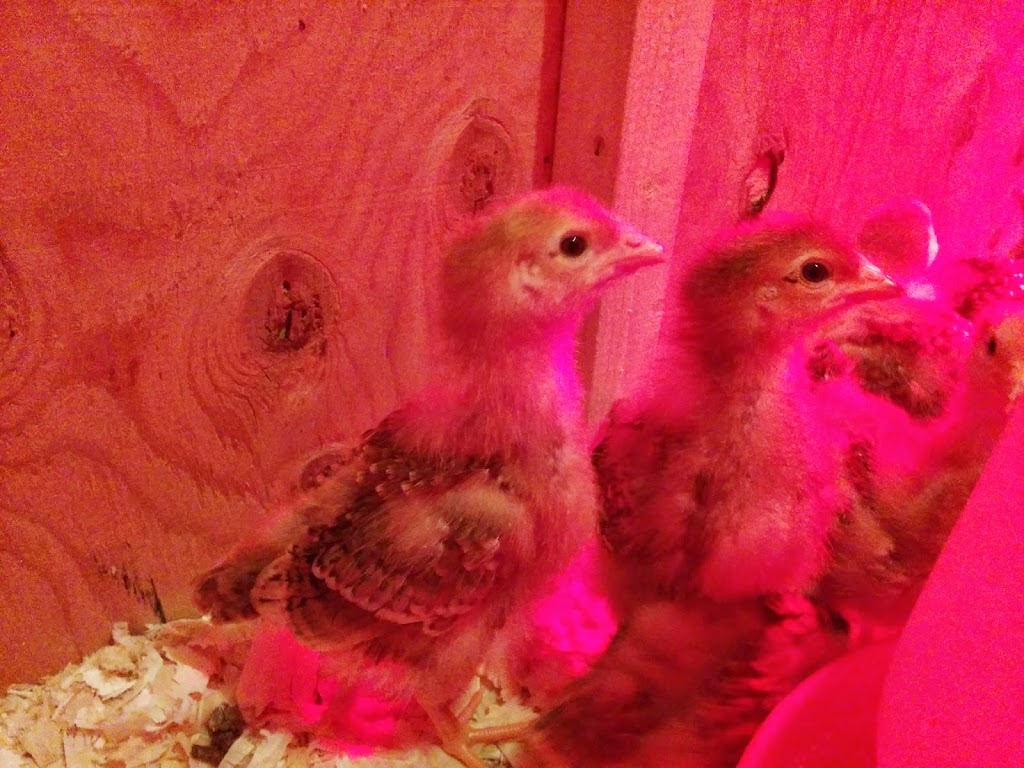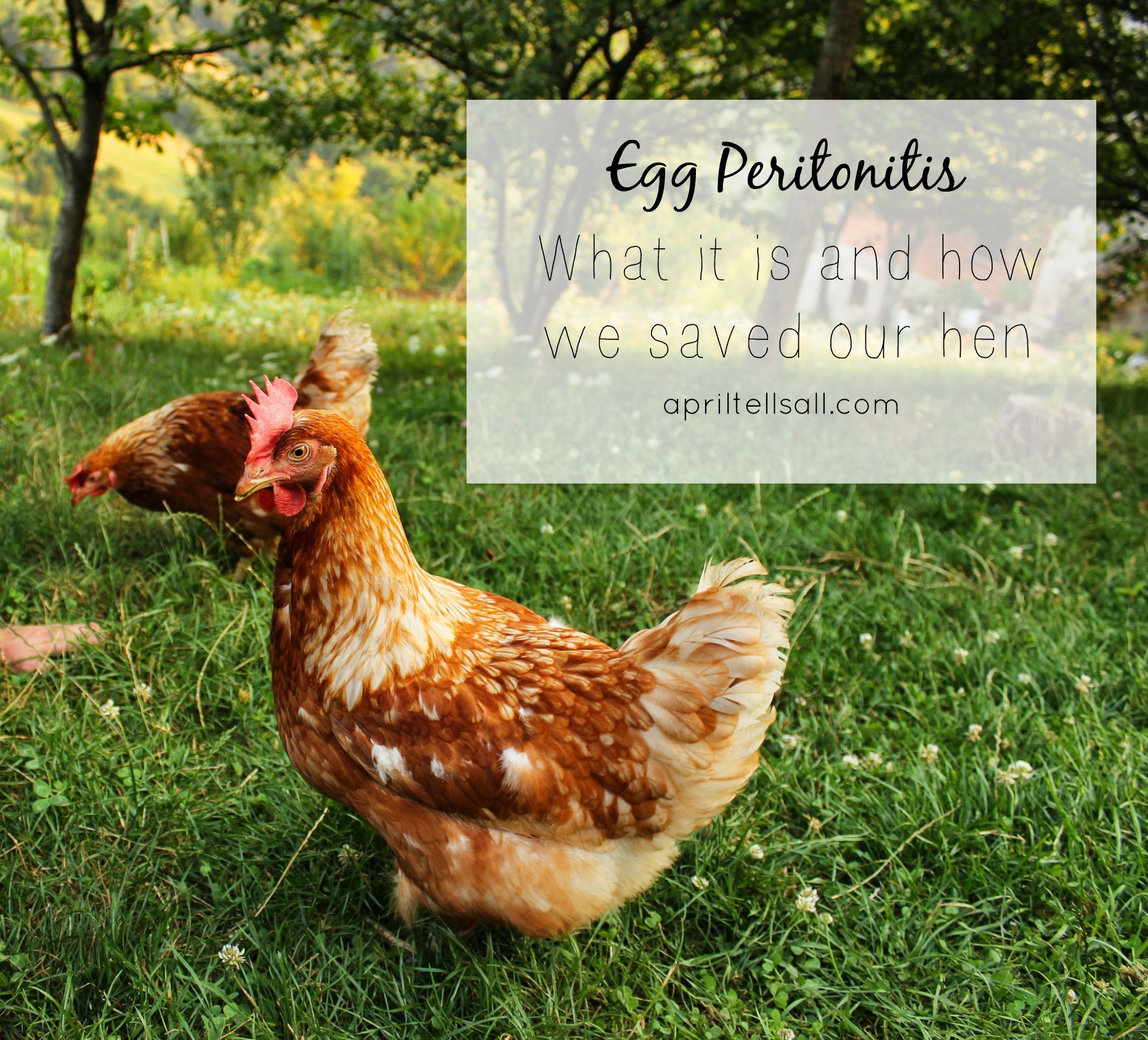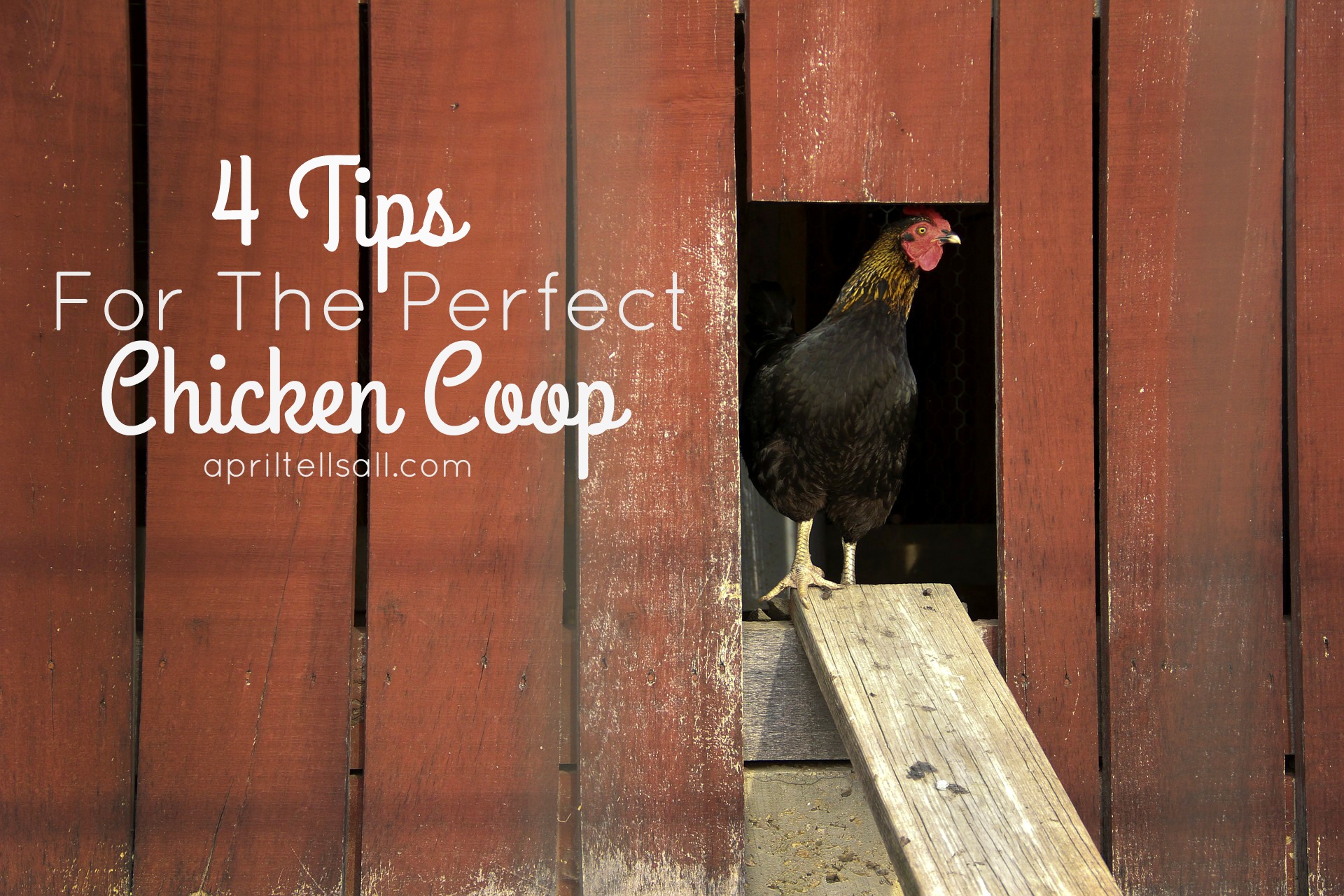There are tons of articles about raising chickens. Trust me, I’ve read them all. Most of them say the same thing, others have a few differences, and others still are completely out there. However, in the middle of a chick crisis I seemed to forget that some articles did not directly relate to my circumstances and I would go off in a panic.

So let me make this short and sweet for you with a few things that I learned along the way.
1. Don’t panic. By nature I am a researcher. I love to know things, and if I get overly passionate about something I tend to research the dickens out of it. It drives my hubby crazy. All this researching can be a good thing; it helped me be prepared, and know what to look for in a healthy chick, proper chick care, and how I should have their brooder set up before they even came home. But then again, intensive research can be a curse. I felt like if I didn’t get this right or that right they were all going to die. A terrifying thought for a perfectionist like myself. Word to the wise, all those “rules” to proper care are actually more like guidelines. Don’t be overwhelmed, and don’t be afraid!
2. Don’t have the temperature too high. This one was a tough lesson to learn. Everything I read said that the temperature of the brooder was supposed to be at 95°F the first week, 90°F the second week, and so on. I’m Canadian I don’t even know what 95°F is! Solution: listen to your chickens (and a very old thermometer I found in my mom’s garage). I kept my chicks in a large plastic tote for the first several weeks of life, and I practically cooked them. I was so concerned about it being the right temperature that I literally would hover over them for hours looking for the slightest sign that they may be too hot or too cold. (Am I perhaps a little over protective?) If they aren’t huddled under the heat, lamp they’re fine (just make sure they aren’t panting with their little wings out either). If it’s too warm you are going to have a problem with pasty butt. Once I relaxed and watched how they interacted I found that my chicks liked it at around 87°F the first week and were too warm at 95°F. So be flexible, and be willing to adjust.
3. Don’t name them all (at least not right away). My chickens are pets. They are not meat birds, they’re layers. I’m mainly vegetarian and hubby is a flexitarian, so even if they were meat birds, there’s no way we would need that much chicken in a life time. So naturally I wanted to name them. I named the chicks I could pick out by their different appearances. But guess what? Chicks grow REALLY fast! By the time they were roughly feathered I had a very hard time picking out who was Mavis and who was Millie. Am I saying don’t name them at all? Oh goodness no! Most of my chickens have names, and a few of the ones I named as a chick I can still identify, but if you wait just a few short weeks, you’ll have a much easier time telling who is who.
4. Don’t take pictures. Err, well do take pictures, but seriously, in the first few days they grow like weeds. So take pictures, but also take videos. I took tons of videos because it’s easier to catch their silly antics, and all those cute little peeping noises they make.
5. Find a source you trust. I would have to say this was key for me. Whenever I had a chicken question it was onto Google I went, and I would be even more scared after reading a few articles than I was before I Googled. So find a source that won’t always scare the dickens out of you when you’re unsure of what the problem is. There are some great websites, and forums out there for you to openly ask questions from real experienced chicken people, make use of them!
And remember chickens are tougher than you may think.







